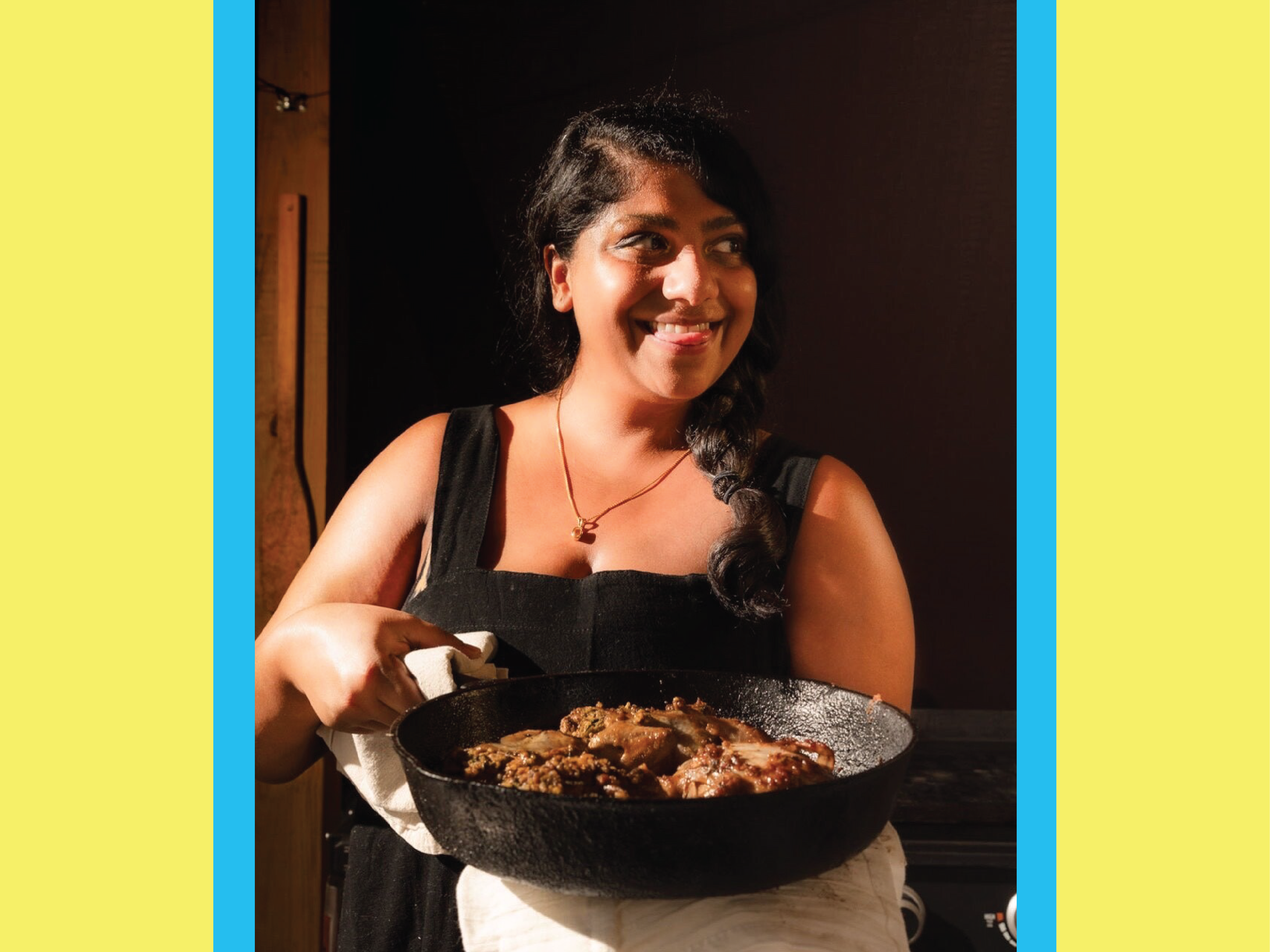Texas has the second largest Indian American population in the United States. That blend of culture in the melting pot of the state’s cuisine can only amount to some truly exciting food.
It’s this reason Austin chef Deepa Shridhar has chosen to focus her new show on South Indian-Texan cuisine. The show, “KanDeepa Texan,” has episodes available on YouTube.
Shridhar spoke with the Standard on how the inspiration for the show stems from growing up as an immigrant to Texas from South Asia in the 1990s. Listen to the interview above or read the transcript below.
This transcript has been edited lightly for clarity:
Texas Standard: Congratulations on the new show. Tell us a little bit about yourself. I hear you grew up in Garland?
Deepa Shridhar: Yes, sir. So I essentially immigrated with my family when I was four years old in the ’90s and grew up in Garland, Texas. So it really was a blend of being a South Indian eating South Indian food at home. But also, because we were immigrants in the ’90s, there was a lot of just sort of crossover and cuisine immersion and, just generally speaking, the way I feel like a lot of South Indians in Texas cook is South Indian Texan food.
Well, you’re going to have to say more about that. But I’m curious what sort of food you grew up eating. Some of that ultimate comfort food so many of us grew up on, right?
Absolutely, yes.
So like I said, at home, you know, a lot of times there were in the beginning a lot more of a lean towards traditional South Indian cuisine. I’m Tamilian so it was sadams, which is like our version of courses where you would have rasam, you would have different kinds of just basically a rice-based main part with a lot of pickles and sides to go with it.
And then as we started to get more comfortable, not only just being in this country, but being in this subculture that is Texas, then you just really start to get more familiar with barbecue, with queso. Queso is huge. And you just start to realize that there are actually some similarities of where you’d define fine dining in your own household and what you find outside.
So how do you incorporate that? Queso goes with anything, I’ll stick with that. But what other elements do you find yourself or did your parents work into your meals and you find yourself using today?
Well, as especially because I am a chef here in Austin, Texas, when I thought about, “okay, I want to strike out on my own, I want to make food that is comforting to me,” it only made sense to go towards this route of South Indian Texan.
And what that means is a lot of South Indian Mexican, it does mean South Indian Viet Cajun. It means basically finding those sort of crosshairs and seeing where the rubber meets the road with the cuisines that you find here in Texas and where I’m coming from.
Can I ask you about the title of your program: “KanDeepa Texan”? Sounds like it’s a bit of a play on your name, but could you say more?
Yes, actually, it was my family that came up with it because there is a Tamilian word called “kandipa” and you use it sort of just to say like, “of course,” like it’s a promise.
Like if let’s say like an auntie came up to me and was like, “hey, are you coming to my house for this thing?” If I say “kandipa,” that means like, “oh, I’m there” and now I cannot break that promise to that auntie. Well, first of all, don’t break promises to aunties in general, but kandipa still is just sort of used in that sort of vein. And then we just thought it could be funny because there’s my name right there.
And then if you don’t know that Tamilian word and you’re looking at it, it also does kind of look like “Can Deepa Texan?” So that’s where it came from.














